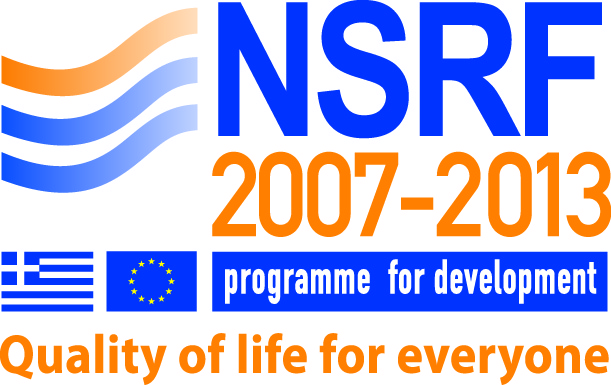Please use this identifier to cite or link to this item:
https://olympias.lib.uoi.gr/jspui/handle/123456789/39524Full metadata record
| DC Field | Value | Language |
|---|---|---|
| dc.contributor.author | Tsolis, Vasileios | |
| dc.date.accessioned | 2025-10-16T06:28:05Z | - |
| dc.date.available | 2025-10-16T06:28:05Z | - |
| dc.identifier.uri | https://olympias.lib.uoi.gr/jspui/handle/123456789/39524 | - |
| dc.rights | CC0 1.0 Universal | * |
| dc.rights.uri | http://creativecommons.org/publicdomain/zero/1.0/ | * |
| dc.subject | Spatial data, Polygon generation, Synthetic data | en |
| dc.title | Design and implementation of a synthetic polygon generator | en |
| dc.type | masterThesis | en |
| heal.type | masterThesis | el |
| heal.type.en | Master thesis | en |
| heal.type.el | Μεταπτυχιακή εργασία | el |
| heal.contributorName | Georgiadis, Thanasis | en |
| heal.dateAvailable | 2025-10-16T06:29:05Z | - |
| heal.language | en | el |
| heal.access | free | el |
| heal.recordProvider | Πανεπιστήμιο Ιωαννίνων. Πολυτεχνική Σχολή | el |
| heal.publicationDate | 2025-10-14 | - |
| heal.abstract | The need for synthetic spatial data has grown significantly in recent years, driven by the in-creasing demand for large, diverse, and statistically representative datasets in geospatial machine learning, benchmarking, and simulation tasks. While several solutions exist for generating synthetic point data or raster-based representations, tools for generating realis-tic and controllable polygonal geometries remain limited. This thesis presents the design and implementation of a novel web-based system for synthetic polygon generation that bridges the gap between algorithmic control and statistical realism. The system supports multiple generation methods, including procedural algorithms (irregular, Voronoi, elongat-ed, and experimental shapes), a nonparametric empirical copula method for upload-based distribution matching, and a feature-based generator utilizing geometric descriptors such as area, convexity, aspect ratio, compactness, and spikiness. A key innovation of this work is the Distributional Geometry Alignment Score, a metric specifically developed to evaluate the similarity between synthetic and real polygon datasets in terms of both marginal distribu-tions and inter-feature correlations. The generation platform is implemented using Open Layers and modern web technologies, offering real-time visualization, interactive configura-tion, and export in standard formats such as WKT, CSV, and GeoJSON. Extensive experi-mental evaluation demonstrates that the system can generate hundreds of thousands of pol-ygons with high fidelity to reference data, maintaining scalability and diversity across vari-ous spatial distributions. The proposed framework provides a transparent, extensible, and statistically grounded solution for synthetic polygon generation, making it suitable for appli-cations in data augmentation, simulation, and the development of machine learning models for spatial tasks. | en |
| heal.advisorName | Mamoulis, Nikolaos | en |
| heal.committeeMemberName | Vassiliadis, Panos | en |
| heal.committeeMemberName | Zarras, Apostolos | en |
| heal.academicPublisher | Πανεπιστήμιο Ιωαννίνων. Πολυτεχνική Σχολή. Τμήμα Μηχανικών Ηλεκτρονικών Υπολογιστών και Πληροφορικής | el |
| heal.academicPublisherID | uoi | el |
| heal.numberOfPages | 92 | el |
| heal.fullTextAvailability | true | - |
| Appears in Collections: | Διατριβές Μεταπτυχιακής Έρευνας (Masters) - ΜΗΥΠ | |
Files in This Item:
| File | Description | Size | Format | |
|---|---|---|---|---|
| Thesis-TsolisVasilis.pdf | 2.97 MB | Adobe PDF | View/Open |
This item is licensed under a Creative Commons License





